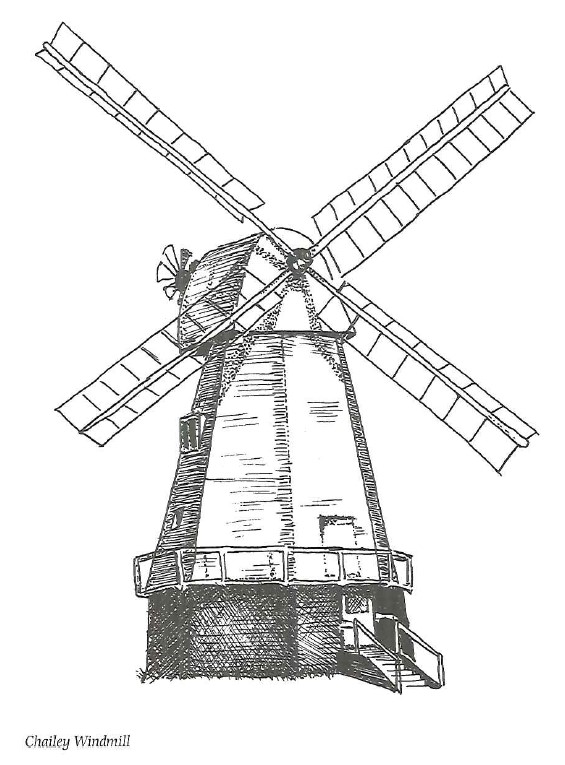The skull on the inn sign has been painted wearing a wicked leer; the sort of skull, if that is possible, that appreciates a joke. The joke made the name of this scattered hamlet ring round the world and fooled the experts for years,
The skull of Dawn Man, almost the missing link, was unearthed at Piltdown in 1912 and acclaimed as the finest primitive relic ever discovered in England. It was found by Charles Dawson, a solicitor and geologist from Lewes, when some workmen were digging for gravel at Barkham Manor – they had apparently thought the fragment of cranium was a piece of coconut. The Lamb Inn adopted the skull as its sign and became the Piltdown Man. The scene of the discovery became a place of pilgrimage, and Dawson was feted for his major breakthrough. Only the passage of time revealed that it was all a hoax, that the skull belonged to a monkey and that Mr Dawson either planted it and went laughing to his grave or (more likely in a man who was fiercely proud of his reputation) was himself the victim of deception.
One yokel had his own theory about the Piltdown find and would tell it to anyone who cared to listen. It wasn’t one of our earliest ancestors, he maintained, and it wasn’t a hoax. It was the mortal remains of the illegitimate offspring of a local serving girl and an ostler who worked in the stables of an inn at neighbouring Newick. That ostler, said the yokel, looked far more like a monkey than a man.
Maybe there is something in the Piltdown air that prompts a leg-pull. In far more recent times an American gentleman wrote to the local newspaper asking if anyone else had witnessed what he had seen: a pterodactyl flapping its way leisurely over Piltdown Golf Course.
A section of the golf course is said to cover a ʻplague pit’, where the unfortunate local victims of the Black Death were buried in a mass grave, though others say the site is near the village stores.
A happier place is Piltdown Pond, more of a lake really, a popular spot for anglers and duck fanciers.
